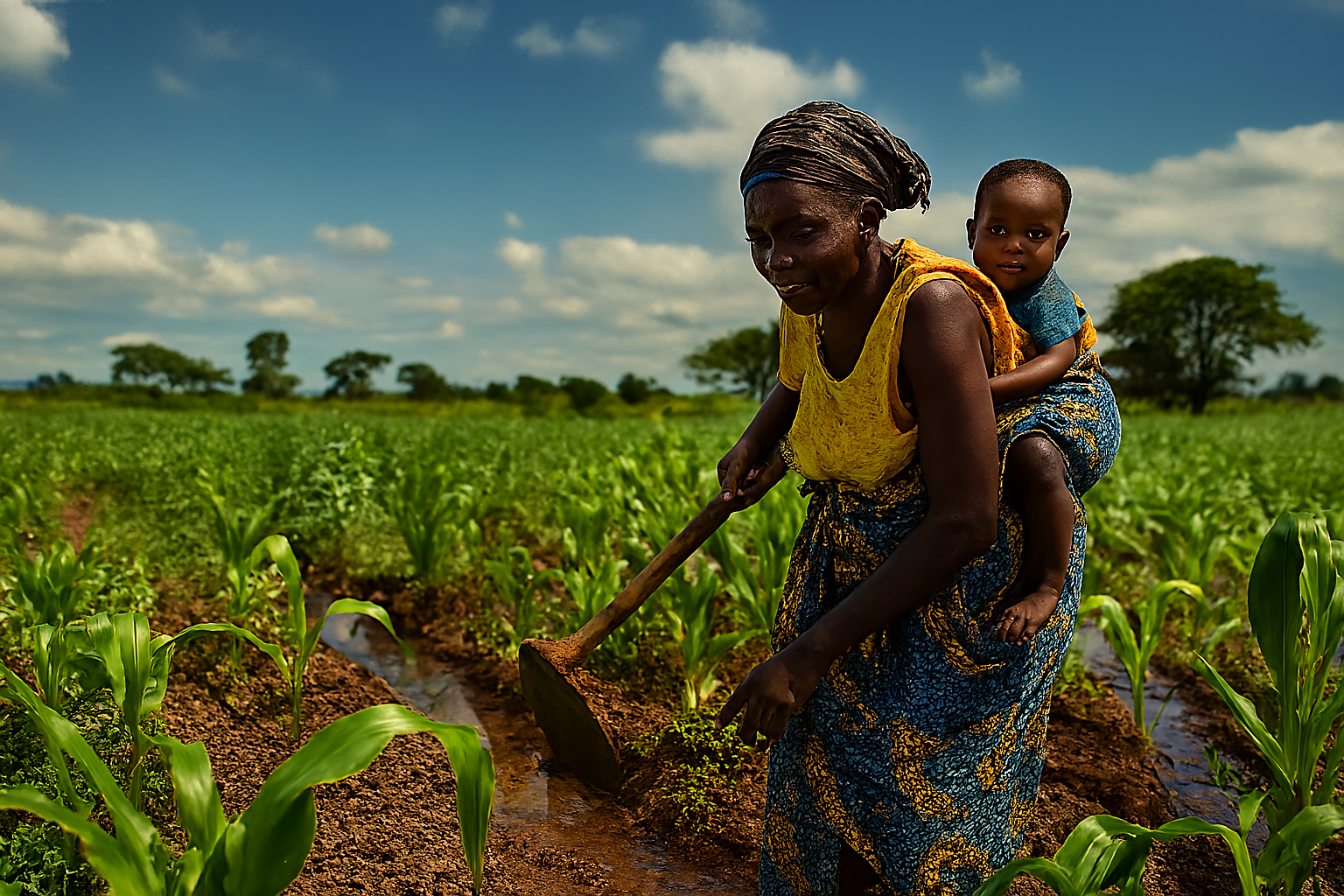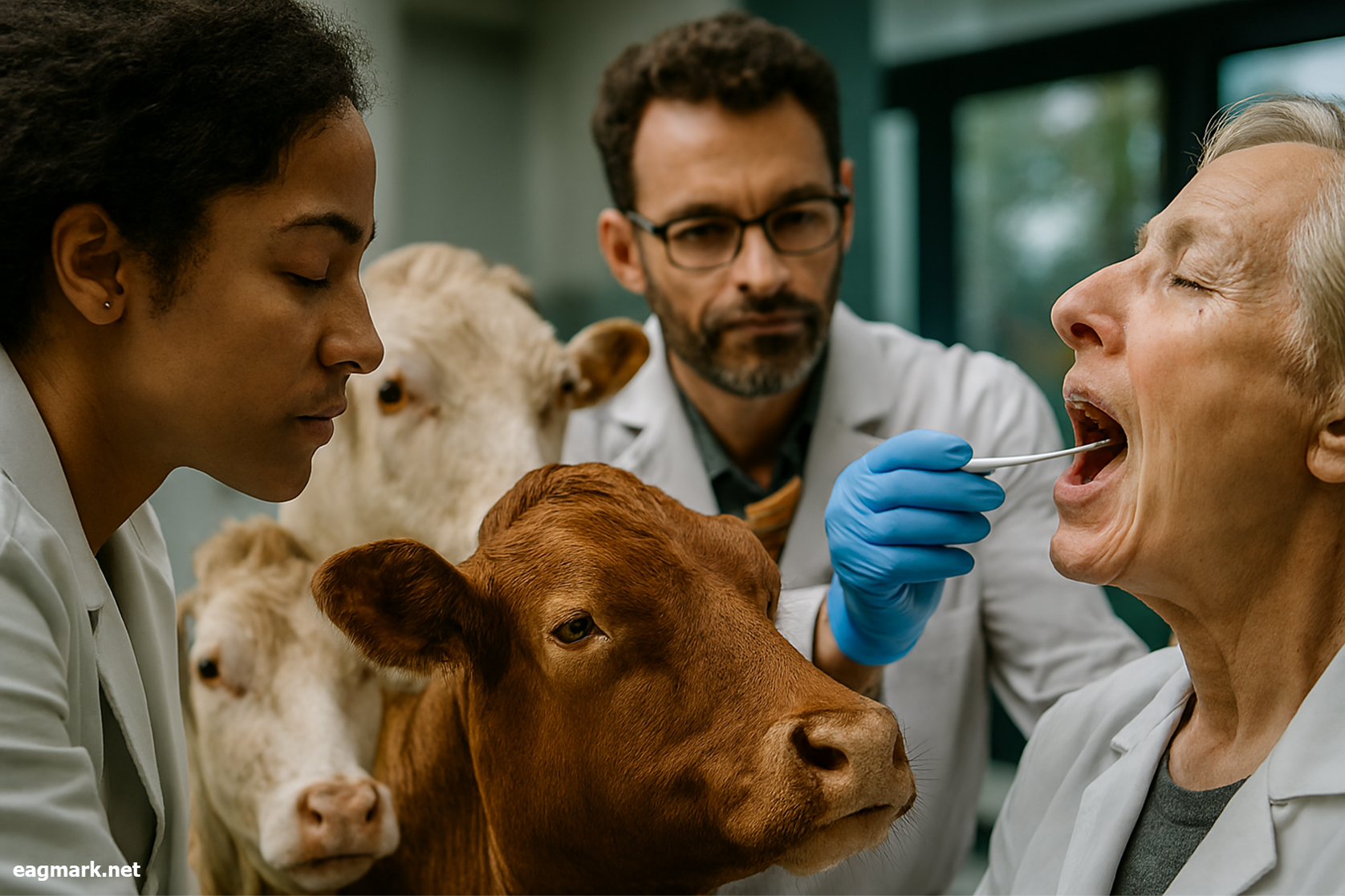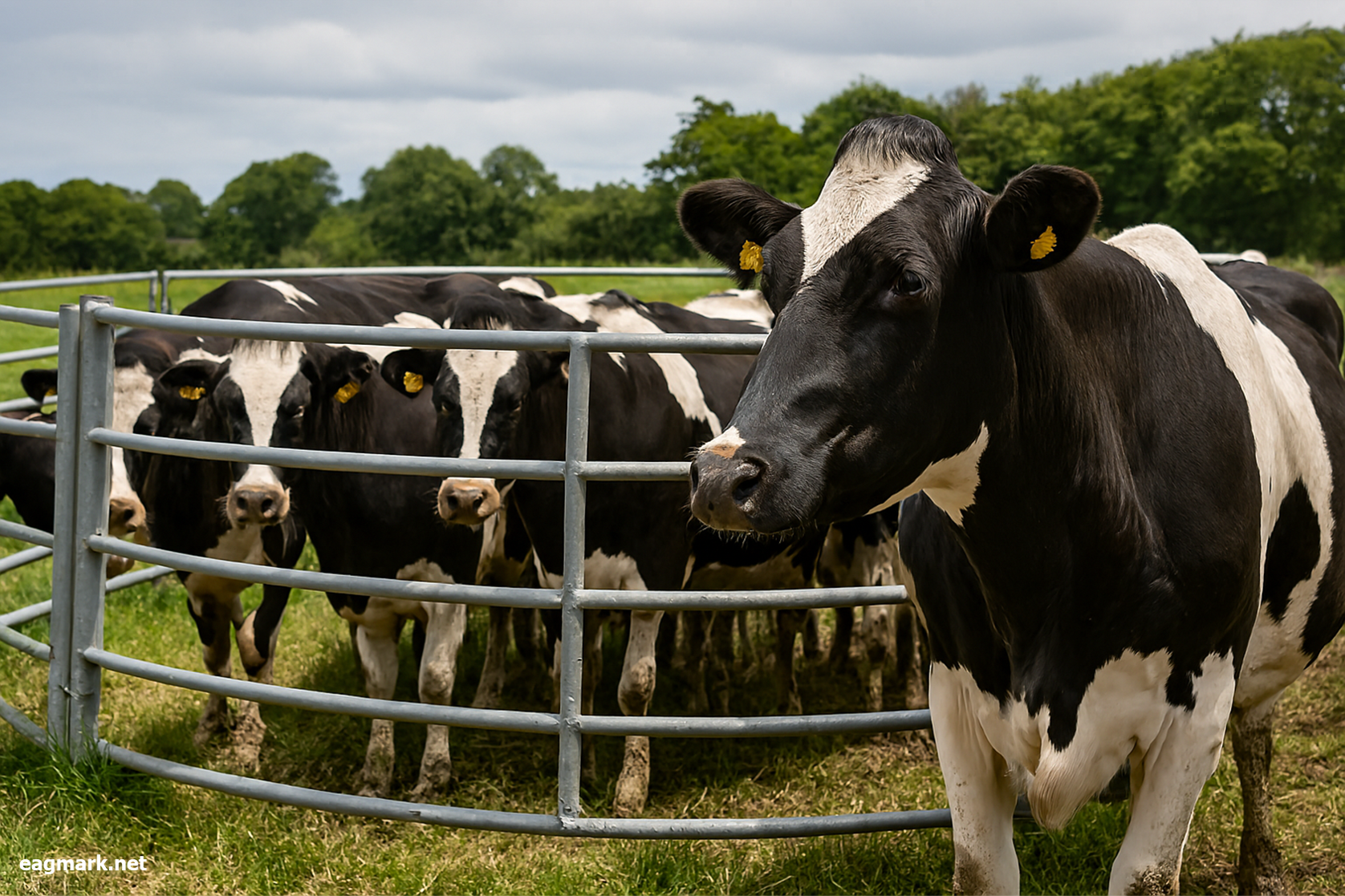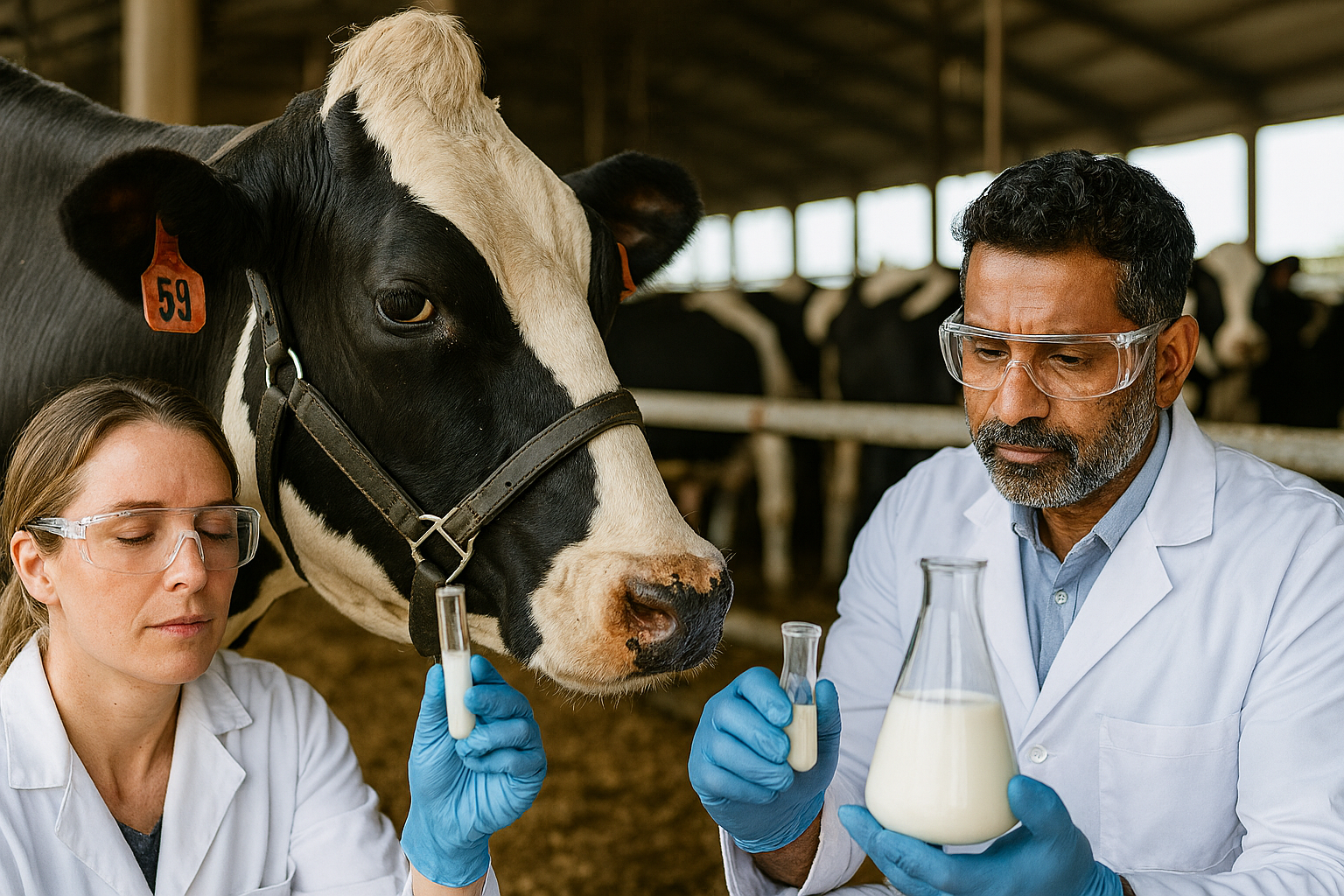
In rural Kenya, a farmer named Anne Malemba tends less than one hectare of land—her entire livelihood compressed into a plot smaller than a football field. She represents one face among approximately 33 million smallholder farmers across sub-Saharan Africa who collectively produce up to 90% of the region's food supply, yet paradoxically remain among the continent's poorest and most vulnerable populations.
Agriculture remains the backbone of African economies, employing the majority of the workforce and contributing significantly to GDP across the continent. Yet the harsh reality persists: those who feed nations often cannot feed themselves. Recent research from the World Bank reveals a troubling trend—rather than improving, smallholder productivity has been declining. Analysis of over 55,000 farms across six African countries between 2008 and 2019 showed crop yields falling by approximately 3.9% annually, with total factor productivity decreasing by 3.5% per year.
This isn't simply about numbers on a spreadsheet. It's about families struggling to survive, children going hungry, and an agricultural system that systematically disadvantages those at its foundation.
The Market Access Dilemma
The first barrier smallholder farmers face is market access—or rather, the lack thereof. Transportation infrastructure across rural Africa remains grossly inadequate, forcing farmers to accept whatever prices local middlemen offer or watch their produce rot. Without reliable roads, storage facilities, or market information systems, farmers have virtually no bargaining power.
Consider the economics: A farmer might spend months nurturing crops, only to sell them at a loss because they cannot reach buyers willing to pay fair prices. The transaction costs alone can consume 20-30% of potential profits, while information asymmetry leaves farmers vulnerable to exploitation.
The Finance Gap Choking Growth
Access to credit represents perhaps the most crippling constraint. Financial institutions view smallholder farmers as high-risk borrowers, citing lack of collateral, unpredictable weather patterns, and volatile commodity prices. A 2014 World Bank study across Kenya, Zimbabwe, Malawi, Zambia, and Sierra Leone found that women farmers—who constitute a substantial portion of the agricultural workforce—received only 10% of credit allocated to smallholders and a mere 1% of total agricultural credit.
Without financing, farmers cannot purchase improved seeds, fertilizers, or equipment that could boost yields. They remain trapped in a subsistence cycle, unable to invest in their own productivity.
The Knowledge and Skills Deficit
Extension services—the primary mechanism for transferring agricultural knowledge to farmers—remain woefully inadequate across Africa. In some regions, a single agricultural extension worker must serve over 1,000 farmers, making meaningful knowledge transfer nearly impossible. Many farmers lack training in modern farming techniques, soil management, pest control, or post-harvest handling, directly impacting both yield quantity and quality.
This knowledge gap becomes particularly acute as agriculture grows more complex. Climate-smart practices, integrated pest management, and value addition all require technical expertise that most smallholder farmers simply don't possess.
Climate Change: The Accelerating Threat
Climate change has emerged as an existential threat to African smallholder agriculture. Approximately 95% of African farming depends on rainfall, making it extraordinarily vulnerable to changing weather patterns. Recent years have seen increasingly erratic rainfall, prolonged droughts, devastating floods, and rising temperatures.
The Horn of Africa recently endured its worst drought in over 40 years, with consecutive failed rainy seasons devastating harvests and pushing millions toward starvation. Research published by CGIAR warns that if global temperatures rise by 4°C by 2100, maize yields in some African countries could decline by more than 20%—catastrophic for a region where maize provides nearly half of all calories and protein consumed.
Food systems received just 4.3% of climate finance allocations in 2023, with smallholder farmers specifically receiving a paltry 0.8%—a funding gap that threatens food security for hundreds of millions of people. Without significant climate adaptation support, researchers project that crop production across Africa could decline by 18% by 2050, putting 200 million people at risk of extreme hunger.
The Middleman Problem
The agricultural supply chain in Africa remains dominated by middlemen who exploit farmers' limited market access and knowledge. These intermediaries often pay farmers a fraction of what end consumers pay, capturing the majority of value while farmers struggle to break even.
Without direct connections to markets, farmers have little choice but to accept exploitative terms. The power imbalance is stark: individual farmers negotiating against well-connected traders with market knowledge and capital rarely secure fair prices.
Infrastructure Deficits Compounding Problems
Poor infrastructure multiplies every other challenge. Inadequate storage facilities mean farmers must sell immediately after harvest when prices are lowest, or risk losing produce to spoilage. According to FAO estimates, Africa loses approximately 30% of food production post-harvest due to poor storage and handling infrastructure.
Unreliable electricity prevents cold storage, forcing farmers to transport perishable goods quickly despite poor road networks. The result is massive waste, reduced income, and higher consumer prices—a lose-lose situation for everyone except middlemen.
Land Tenure Insecurity
Insecure land rights create another layer of vulnerability. Across much of Africa, customary law governs land allocation, often disadvantaging women and young people. Farmers without secure tenure cannot use land as collateral for loans, cannot make long-term investments in soil improvement, and face potential displacement.
Research shows that women produce 60-70% of Africa's food yet own less than 20% of agricultural land globally. In Kenya, over 65% of land operates under customary laws that discriminate against women, forcing them to access land through male relatives—an arrangement that provides neither security nor autonomy.
Gender Inequality: A Critical Blind Spot
The gender dimension of agricultural inequality deserves particular attention. Women account for approximately 40-50% of agricultural labor in sub-Saharan Africa, yet face systematic discrimination in accessing productive resources.
World Bank research across six African countries found that productivity on women's farms is 13-25% lower than men's farms—not because women are less capable farmers, but because they have less access to land, credit, inputs, extension services, and markets. Studies indicate that if women had equal access to productive resources, they could increase farm yields by 20-30%, potentially reducing global hunger by up to 17%.
The implications extend beyond agriculture. Women typically reinvest farm income in household nutrition, health, and children's education at higher rates than men, meaning gender inequality in agriculture directly impacts the next generation's wellbeing.
Trade Policies Favoring the Powerful
International trade policies often work against African smallholders. Subsidies in developed countries depress global commodity prices, while tariffs and non-tariff barriers limit market access for African products. Meanwhile, free trade agreements sometimes expose smallholders to competition from heavily subsidized foreign producers.
The playing field is anything but level. African farmers compete against agricultural systems receiving billions in government support, modern infrastructure, and comprehensive insurance programs—advantages nearly impossible to overcome.
Research and Development Neglect
Agricultural research and development in Africa receives inadequate funding compared to the sector's economic importance. Limited investment means farmers lack access to improved crop varieties, innovative farming techniques, and technologies that could dramatically improve productivity.
The technology gap is widening. While farmers elsewhere benefit from precision agriculture, improved genetics, and advanced pest management, African smallholders often work with outdated methods and obsolete tools.
The Coordination Challenge
Fragmented farmer populations struggle to negotiate collectively or achieve economies of scale. Individual farmers have minimal bargaining power; organized farmer groups can negotiate better prices, share resources, and access services more effectively.
Yet farmer cooperatives and organizations remain weak in many regions, hampered by limited capital, management capacity, and trust deficits. Without strong collective organization, farmers remain price takers rather than price makers.
Insufficient Extension Services
Extension services represent the primary knowledge transfer mechanism in agriculture, yet funding and staffing remain grossly inadequate. Many countries have one extension worker per several thousand farmers, making regular contact impossible.
This scarcity is compounded by outdated training, limited resources, and poor coordination between extension services and research institutions. Farmers often learn about new techniques years after their development, if at all.
Environmental Degradation Undermining Long-Term Viability
Soil erosion, deforestation, water pollution, and biodiversity loss threaten agricultural sustainability across Africa. Continuous cultivation without adequate soil conservation depletes organic matter and nutrients, reducing land productivity over time.
Research in Kenya and Malawi documents significant soil degradation in densely populated smallholder areas, with continuous cropping and limited crop rotation depleting soil carbon and making land less responsive to fertilizer application. This creates a vicious cycle: declining productivity forces farmers to expand cultivation into marginal lands, accelerating environmental degradation.
What Must Change
The challenges facing African smallholder farmers won't resolve through market forces alone. Systemic change requires coordinated action across multiple fronts.
First, infrastructure investment must become a development priority. Roads, storage facilities, electricity, and market information systems are prerequisites for competitive agriculture. Without physical infrastructure connecting farmers to markets, other interventions will have limited impact.
Second, financial services need fundamental redesign. Traditional collateral requirements don't work for smallholders; alternative approaches like warehouse receipt systems, index-based insurance, and mobile money platforms show promise but need scaling.
Third, gender equality must move from rhetoric to reality. Securing women's land rights, ensuring equal access to credit and inputs, and designing extension services that reach women farmers would deliver immediate productivity gains.
Fourth, climate adaptation requires urgent attention and funding. Drought-resistant crop varieties, water harvesting systems, and climate information services can help farmers manage increasing weather volatility. The current funding gap—with smallholders receiving less than 1% of climate finance—represents criminal neglect given their vulnerability.
Fifth, farmer organizations need support to build capacity and negotiate collectively. Strong cooperatives can aggregate production, negotiate better prices, and access services individual farmers cannot.
Finally, policy reforms must prioritize smallholder interests over political expediency. Subsidies, tariffs, land policies, and trade agreements should be evaluated through the lens of impact on smallholder livelihoods.
The Stakes Couldn't Be Higher
Africa's population is projected to reach 2.5 billion by 2050. Feeding this population while generating rural livelihoods and employment depends fundamentally on smallholder agriculture. Yet current trajectories point toward declining productivity, increasing vulnerability, and growing food insecurity.
The evidence is clear: without substantial intervention, millions of smallholder farmers face impoverishment while the continent becomes increasingly dependent on food imports. This outcome is neither inevitable nor acceptable.
Smallholder farmers have demonstrated remarkable resilience despite facing overwhelming odds. They continue farming, innovating, and feeding their communities with minimal support. Imagine what they could achieve with adequate resources, infrastructure, and policy support.
The question isn't whether Africa can feed itself—the potential is clearly there. The question is whether governments, development agencies, and the international community will make the investments and policy changes necessary to unlock that potential.
For farmers like Anne Malemba tending their hectare of land, the answer to that question will determine not just their livelihoods, but their survival.
This analysis draws on research from the World Bank Living Standards Measurement Study, the Food and Agriculture Organization, the International Fund for Agricultural Development, and peer-reviewed studies published in the Proceedings of the National Academy of Sciences, among other sources.


